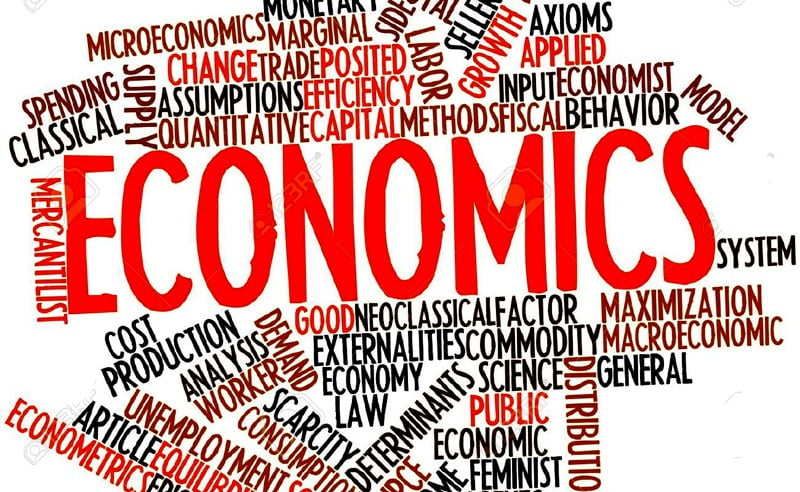BUDGETING
Budgeting is the process of preparing a budget. Household budget is a plan for future expenditures of a given household. Budgeting is the act of planning how to spend the net income in such a way that individual concerned will not run into any financial embarassement before the next income. It is the process […]

